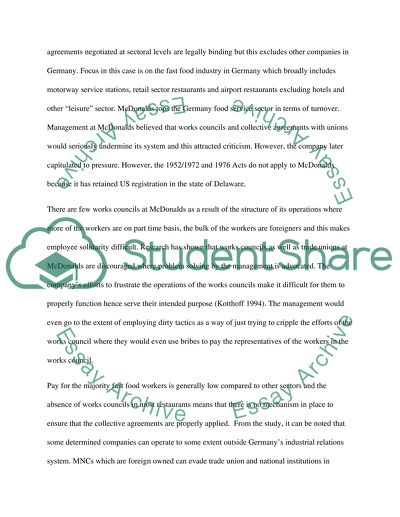Cite this document
(HRM on International Context Coursework Example | Topics and Well Written Essays - 1750 words, n.d.)
HRM on International Context Coursework Example | Topics and Well Written Essays - 1750 words. https://studentshare.org/human-resources/1565383-hrm-on-international-context
HRM on International Context Coursework Example | Topics and Well Written Essays - 1750 words. https://studentshare.org/human-resources/1565383-hrm-on-international-context
(HRM on International Context Coursework Example | Topics and Well Written Essays - 1750 Words)
HRM on International Context Coursework Example | Topics and Well Written Essays - 1750 Words. https://studentshare.org/human-resources/1565383-hrm-on-international-context.
HRM on International Context Coursework Example | Topics and Well Written Essays - 1750 Words. https://studentshare.org/human-resources/1565383-hrm-on-international-context.
“HRM on International Context Coursework Example | Topics and Well Written Essays - 1750 Words”. https://studentshare.org/human-resources/1565383-hrm-on-international-context.


